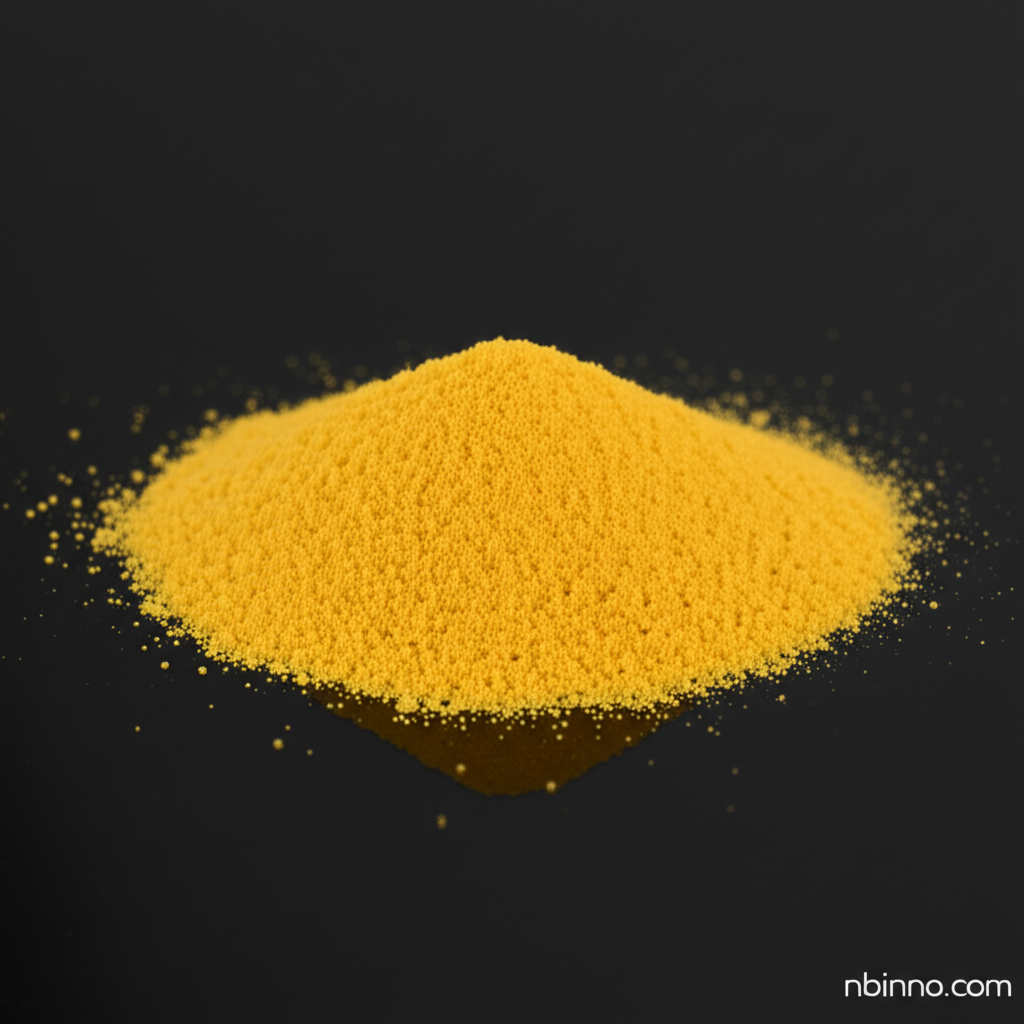2-Iodo-4-methoxy-1-nitrobenzene: Synthesis, Properties, and Applications in Organic Chemistry
Exploring a crucial building block for advanced organic synthesis and chemical research.
Get a Quote & SampleProduct Core Value

2-Iodo-4-methoxy-1-nitrobenzene
This compound is a vital intermediate in the field of organic synthesis. Its specific arrangement of an iodine atom, a methoxy group, and a nitro group on a benzene ring imparts distinct chemical properties, making it a valuable building block for creating more complex organic molecules. Its applications span across various chemical disciplines, including pharmaceutical development and the synthesis of dyes and other fine chemicals.
- Synthesis of advanced organic molecules: This compound serves as a key intermediate in various organic synthesis pathways, enabling the construction of complex molecular architectures required for novel materials and pharmaceuticals.
- Versatile chemical intermediate: Its unique functional groups allow for diverse chemical transformations, making it a highly sought-after building block in fine chemical synthesis techniques.
- Purification and characterization: Understanding various purification of chemical compounds methods like recrystallization and chromatography is essential for obtaining high-purity 2-Iodo-4-methoxy-1-nitrobenzene for reliable research outcomes.
- Aromatic iodination: The study of aromatic iodination methods is crucial for efficiently synthesizing this compound, with modern transition metal-catalyzed approaches offering improved selectivity and milder reaction conditions.
Key Advantages
Synthetic Versatility
The presence of iodine, methoxy, and nitro groups provides multiple reaction sites, enabling a wide range of chemical modifications and the synthesis of diverse target molecules. This versatility is a cornerstone of its utility in organic synthesis.
Building Block for Pharmaceuticals
As a key nitrobenzene derivative, it plays a role in the development of new pharmaceutical agents, leveraging its unique structural features for potential biological activity and drug efficacy.
Established Synthesis Routes
Both traditional electrophilic aromatic substitution mechanisms and advanced transition metal-catalyzed iodination techniques are well-established for its synthesis, ensuring reliable access to this important compound.
Key Applications
Organic Synthesis
Used as a fundamental building block for creating more complex organic molecules, essential for research and development in various chemical fields, supporting advanced organic synthesis strategies.
Pharmaceutical Development
Its derivatives are explored for potential therapeutic applications, making it a valuable intermediate in the drug discovery process, contributing to pharmaceutical intermediate research.
Dye and Pigment Synthesis
The aromatic structure makes it suitable for incorporation into dyes and pigments, contributing to the colorants industry with novel compounds.
Chemical Research Reagents
Employed extensively in academic and industrial laboratories as a reliable chemical research reagent for exploring new reactions and materials.
